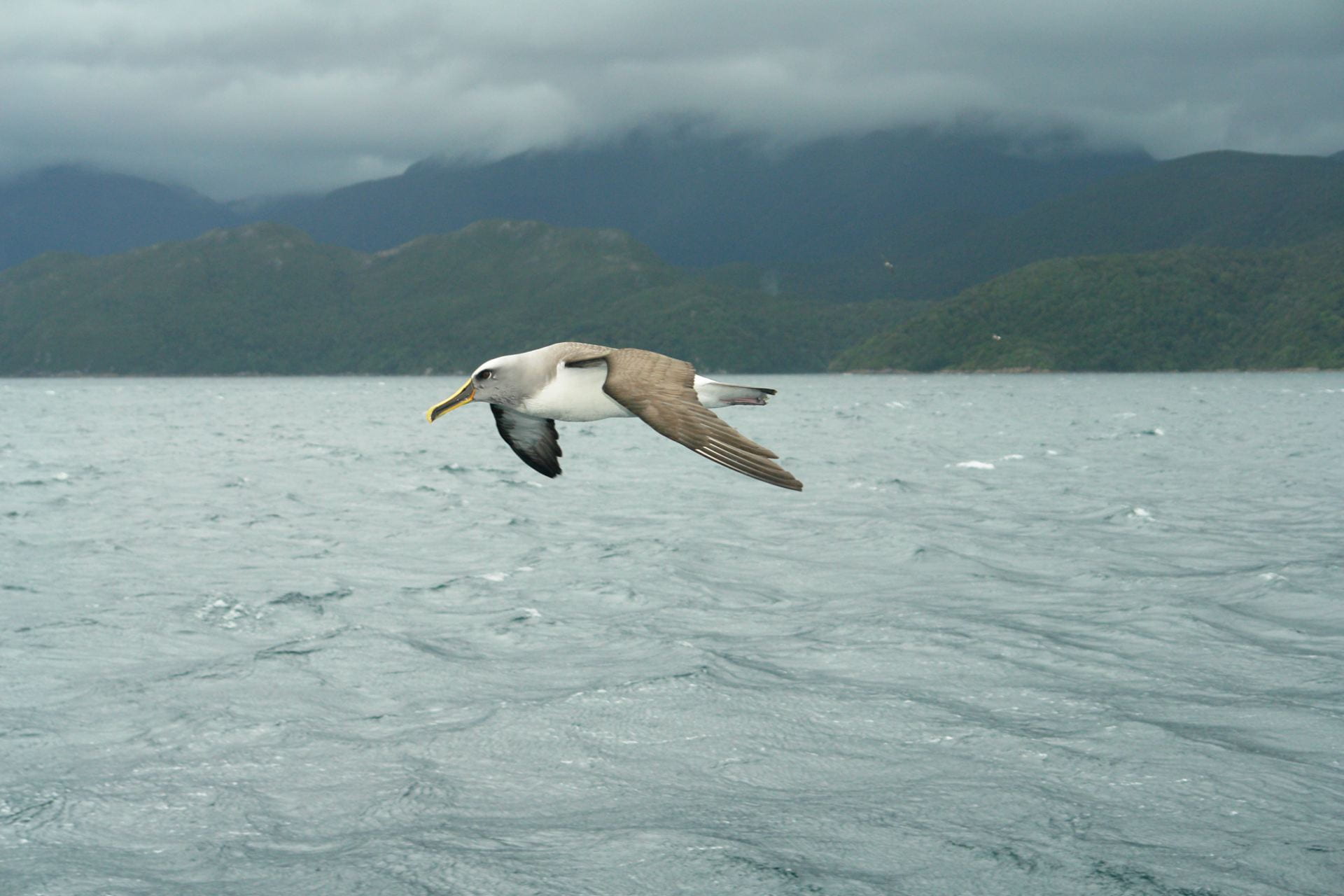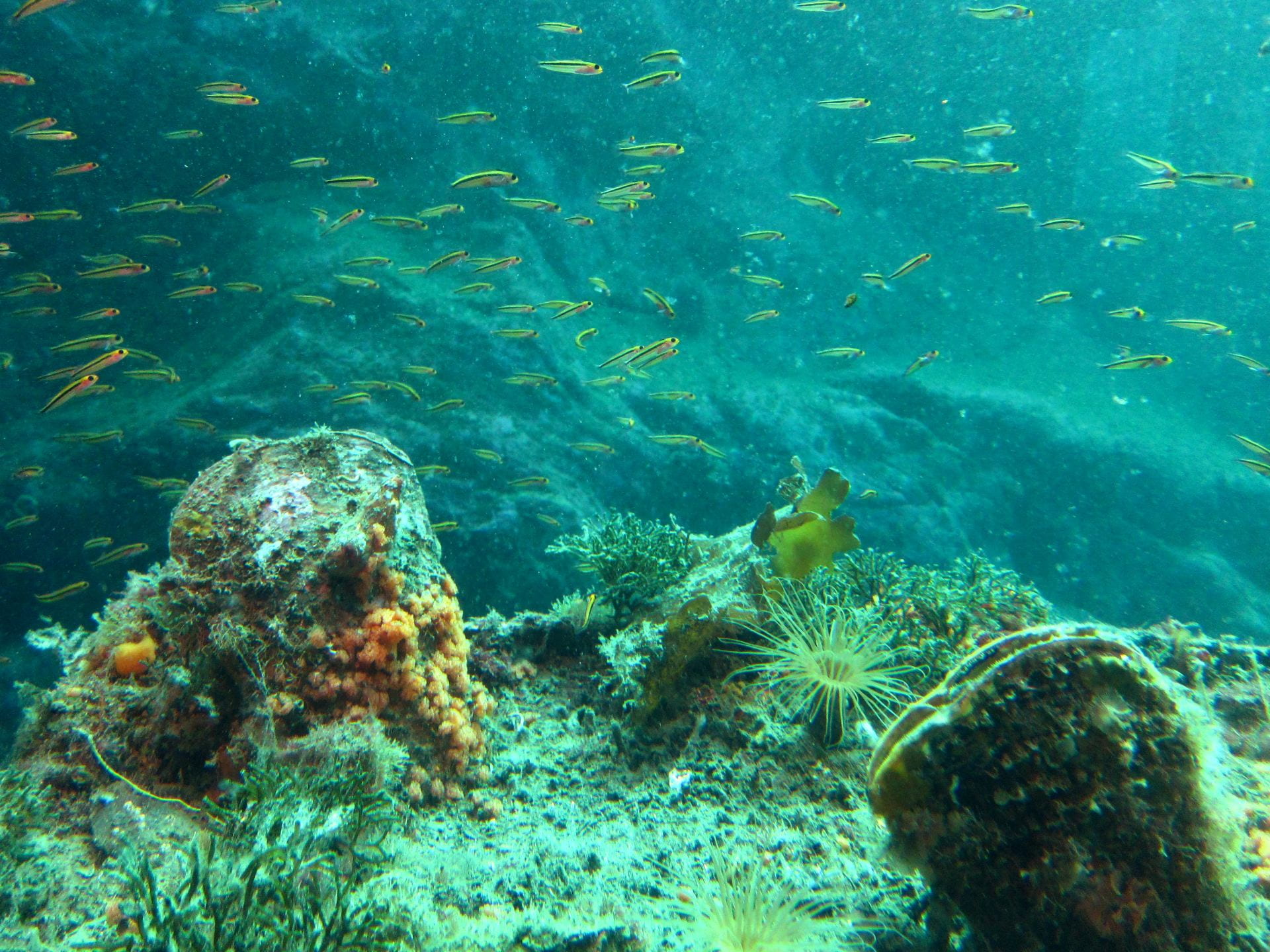Atawhenua Fiordland makes up part of Te Wahipounamu – a World Heritage site incorporating four of our national parks. Ten marine reserves border the national park including over 10,000 hectares of inner fiord marine habitat with species like lampshells[1] and black corals.[2] Commercial species like rock lobster and pāua are abundant.
A range of stakeholders were involved in a forum-style planning process for the local marine environment. This forum-style planning process was completed and implemented outside of the New Zealand Marine Protected Areas Policy and Implementation Plan.[3] The resulting collaborative grouping – the Fiordland Marine Guardians – represents commercial and recreational fishers, tourism interests, recreational users, marine science and conservation, and the local community. The resulting regulation, the Fiordland (Te Moana o Atawhenua) Marine Management Act 2005, provides a novel management model.
The provisions of the Act enable the Fiordland Marine Guardians to:
- Obtain, share and monitor information on the state of the area.
- Assist the management agencies to prepare and disseminate information.
- Monitor the state of the marine environment and biological diversity in the area.
- Plan for the enforcement of and compliance with the management of the area.
The Fiordland (Te Moana o Atawhenua) Marine Area includes: two pre-existing marine reserves; eight new marine reserves; and twenty-three ‘china shops’ – small areas of protection used for multiple reasons, such as to protect areas of special significance or particularly fragile habitats from fishing impacts. The reserves are subject to the conditions in the Fiordland (Te Moana o Atawhenua) Marine Management Act 2005 and the provisions of the Marine Reserves Act 1971. There are also specific rules around commercial, recreational and customary fishing in the Fiordland Marine Management Area.

Buller’s albatross in Fiordland. Image credit: Stephen Murphy/Flickr (CC BY-NC-ND 2.0).

Milford Sound Underwater Observatory. Image credit: Kara Brugman/Flickr (CC BY-NC-ND 2.0).
Reviews of the biological responses to changes implemented following the Act found that there was evidence of improvements, including increases in the populations of rock lobsters and blue cod, and increased diversity of reef fishes.[4, 5] However, there remained an under-representation of productive kelp forest habitats in the marine reserve network and spatial closures were less effective because of converted habitat near freshwater inputs, though it was noted that these challenges provided an opportunity for targeted improvements.[4, 6]
Key strengths of this approach include:
- Consensus built. A collaborative group allows consensus to be built between parties with competing interests (such as between commercial and recreational fishers). In Atawhenua Fiordland, a ‘gifts and gains’ approach was used, where stakeholders had to be prepared to individually relinquish benefits in order to collectively achieve success in sustainable management of the environment and its fisheries.[7, 8]
- Customised protections. Specific measures and approaches can be formulated and negotiated using this approach. For example, Atawhenua Fiordland has many ‘china shops’, and the ‘Doubtful Sound dolphin protection zones’, strips at the edge fiord (thought to be critical habitat) intended to reduce encounters between vessels and dolphins.[9]
- Local support and knowledge. There can be greater use of local knowledge and organised commitment to reaching goals. For example, in the eradication of Undaria
A ‘gifts and gains’ approach was used, where stakeholders had to be prepared to individually relinquish benefits in order to collectively achieve success in sustainable management of the environment and its fisheries.
The key weaknesses include:
- Lengthy process. The original stakeholder group (the Guardians of Fiordland’s Fisheries) first formed in 1995[10] and the Act was passed ten years later.
- Possibility of particular interests dominating. Local organisations have the potential to favour particular interests over others.[11] For example, this might lead to an imbalance in how interests are weighed between conservation compared to use-right (whether for fishing or for other marine-based activities).
References and footnotes
[1] Brachiopoda.
[2] Antipatharia.
[3] Davies, K. et al. (2018) The evolution of marine protected area planning in Aotearoa New Zealand: Reflections on participation and process, Marine Policy, 93, pp. 113–127.
[4] Jack, L. and Wing, S. R. (2013) A safety network against regional population collapse: Mature subpopulations in refuges distributed across the landscape, Ecosphere, 4(5), pp. 1–16.
[5] Wing, S. R. and Jack, L. (2014) Fiordland: The ecological basis for ecosystem management, New Zealand Journal of Marine and Freshwater Research, 48(4), pp. 577–593.
[6] Wing, S. R. and Jack, L. (2014) Fiordland: The ecological basis for ecosystem management, New Zealand Journal of Marine and Freshwater Research, 48(4), pp. 577–593.
[7] Mulcahy, K. et al. (2012) Fiordland marine guardians, in Safeguarding Our Oceans, Environmental Defence Society, pp. 248-272.
[8] Bromell, D. (2017) The art and craft of policy advising: A practical guide, Springer.
[9] Bennington, S. M. (2019) Habitat use of the bottlenose dolphins (Tursiops truncatus) of Fiordland: Where, why and the implications for management. A thesis submitted for the degree of Master of Science in Marine Science at the University of Otago, Dunedin, New Zealand.
[10] Cunningham, S. et al. (2019) Mitigating the threat of invasive marine species to fiordland: New Zealand’s first pathway management plan, Management of Biological Invasions, 10(4), pp. 690–708.
[11] Scott, K. N. (2016) The evolution of marine spatial planning in New Zealand: Past, Present and Possible Future, International Journal of Marine and Coastal Law, 31(4). 652-689.
